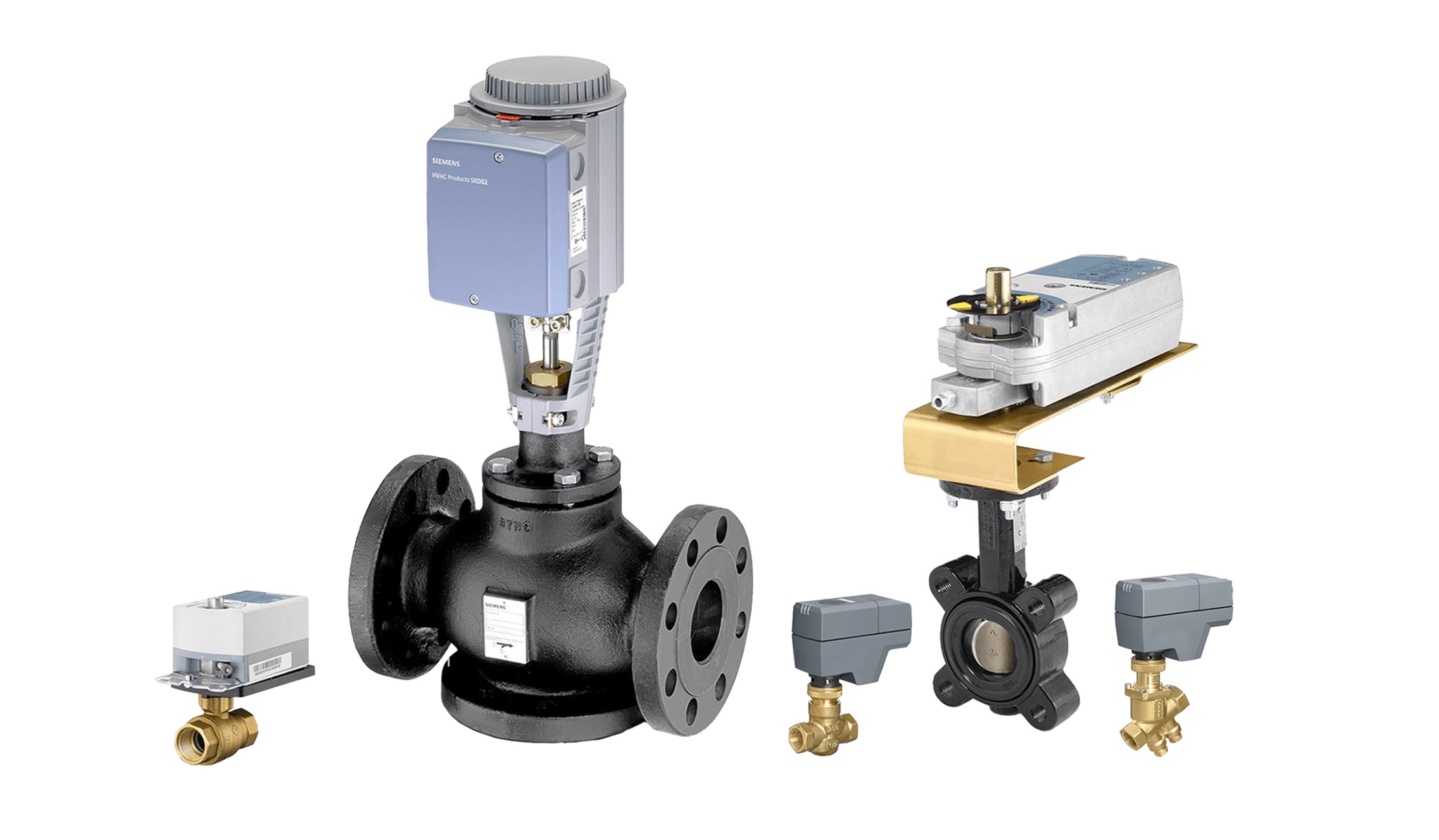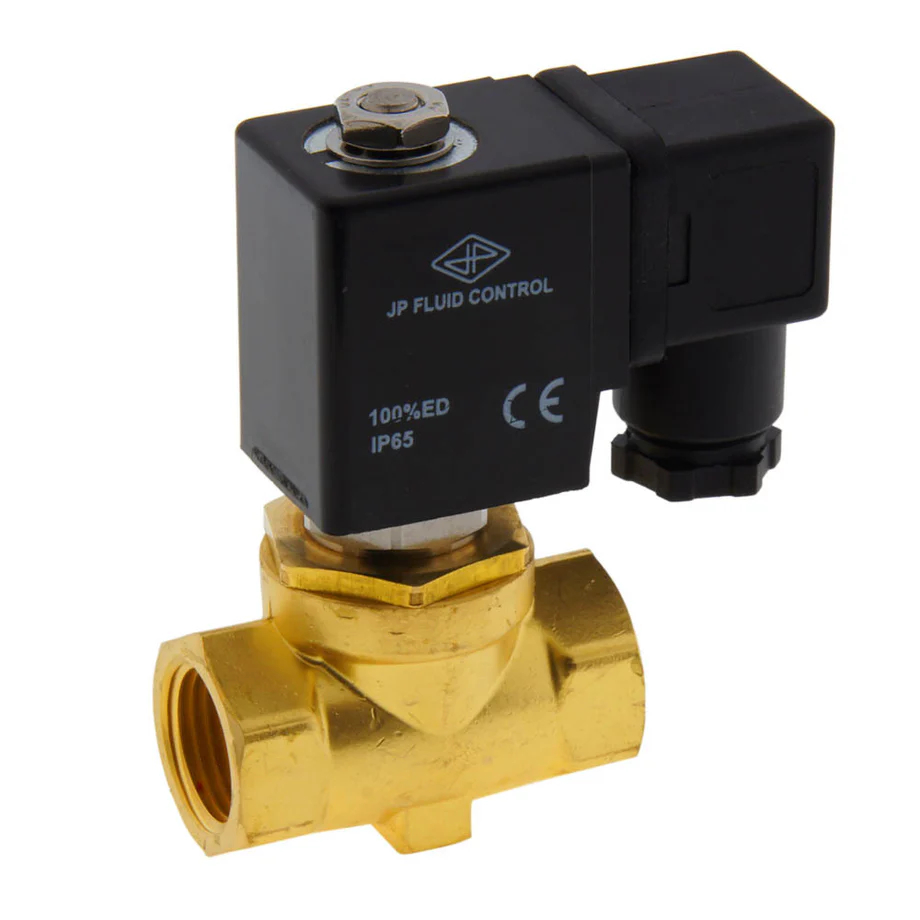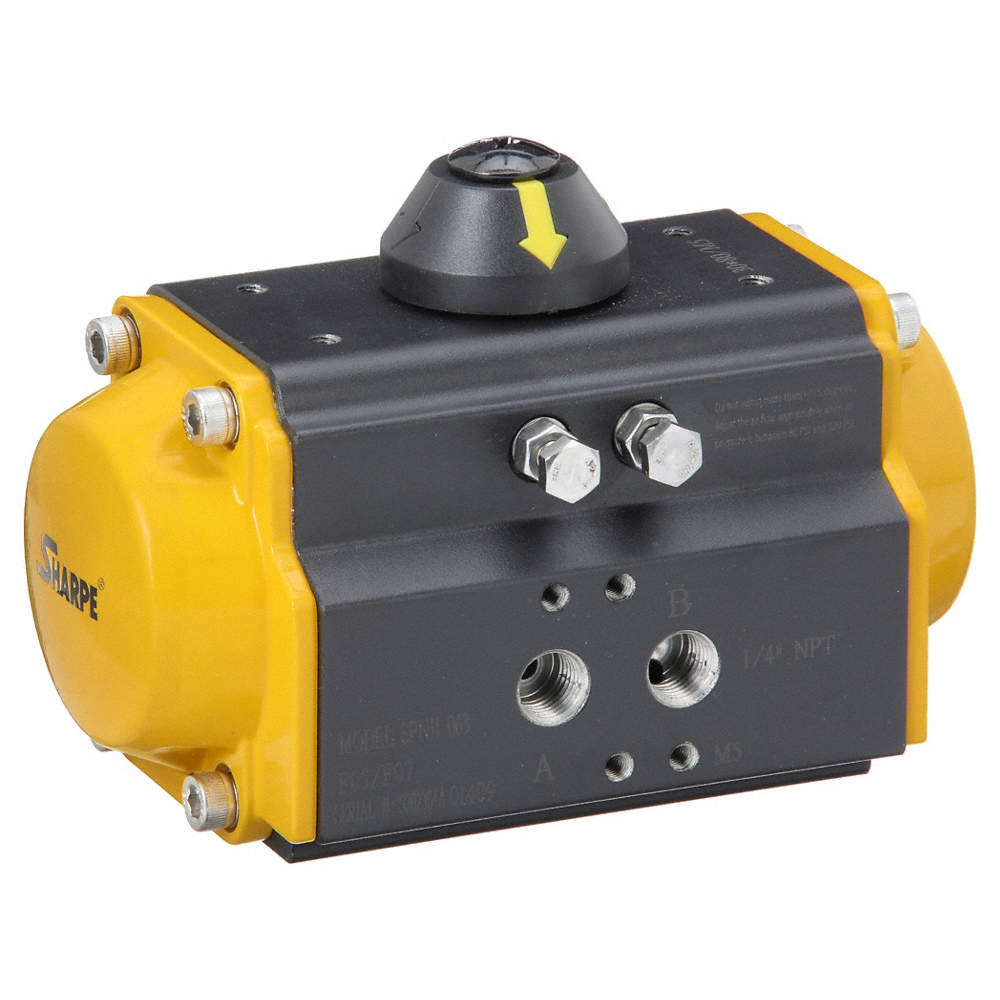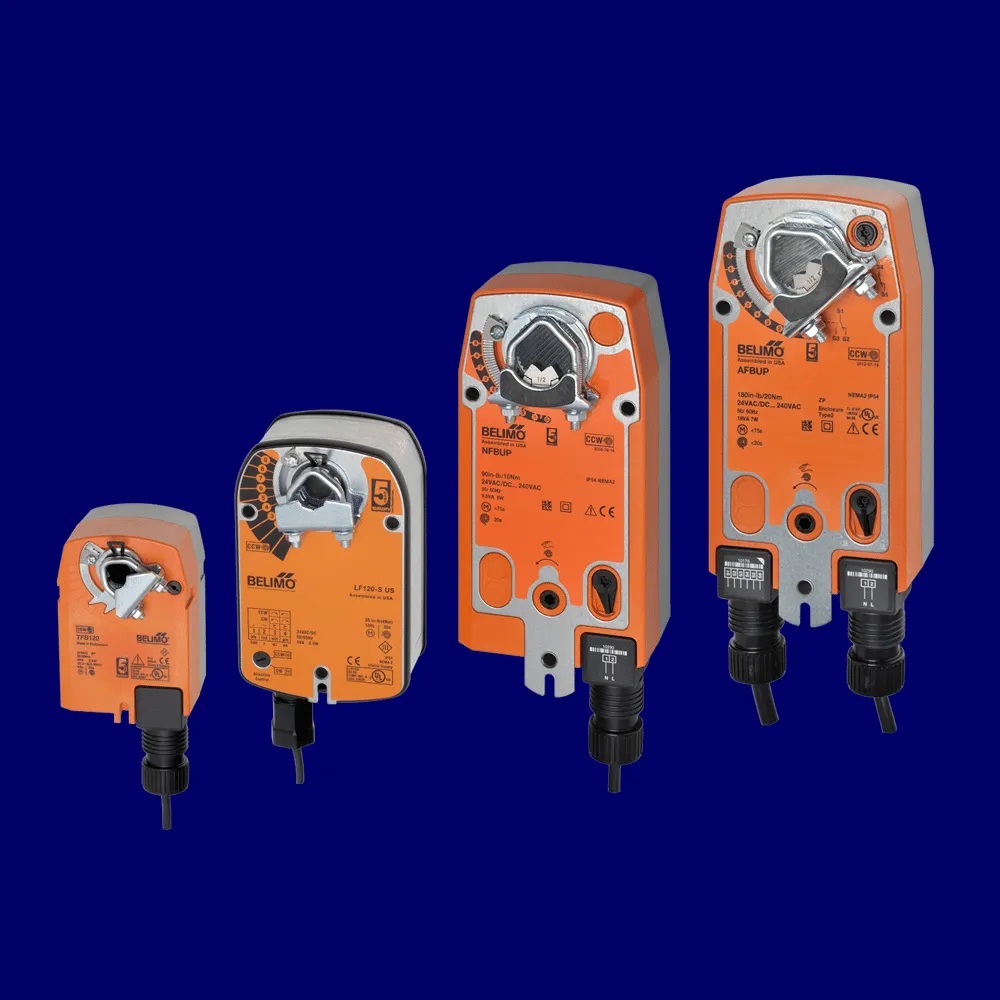
Control valves & Actuators
A Control Valve is a mechanical device that modulates the flow of a process fluid by varying the size of the flow passage based on a control signal.
It is a critical final control element in process automation.
An Actuator is the motorized or pneumatic mechanism that moves or controls a valve. It receives a signal from the control system and adjusts the valve position accordingly.
- Valves
- Actuators
✅ Key Features:
Precise flow regulation
Designed for various media (liquid, gas, steam)
Available in different types: globe, ball, butterfly, diaphragm
Compatible with analog (4–20 mA) or digital (fieldbus, HART) signals
Can be linear or equal percentage in flow characteristics
🏭 Applications:
Pressure and temperature regulation
Flow and level control in tanks and pipelines
Chemical dosing and mixing systems
Steam distribution and heating systems
🔁 Types of Actuators:
Electric: Powered by electricity; suitable for precise, slow movements and remote control
Pneumatic: Uses compressed air; fast, reliable, and widely used in process industries
Hydraulic: High-force applications; uses pressurized fluid for actuation
✅ Actuator Functions:
Open/close or modulate valve position
Convert electrical or pneumatic signals into mechanical movement
Provide feedback signals (position, status) to controllers
Include fail-safe and manual override options


